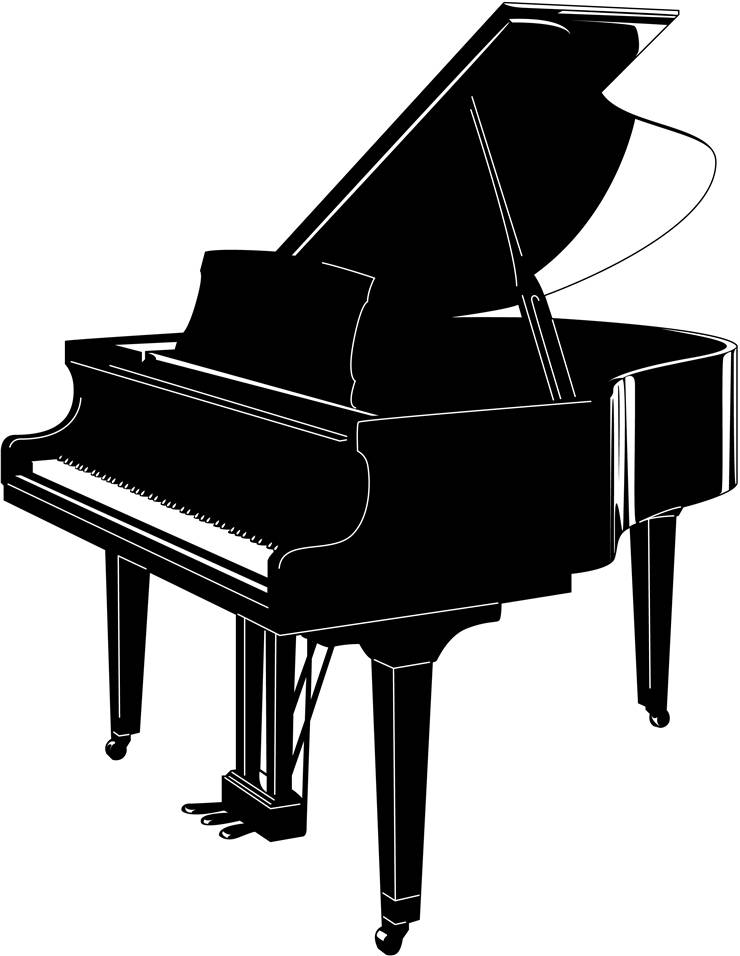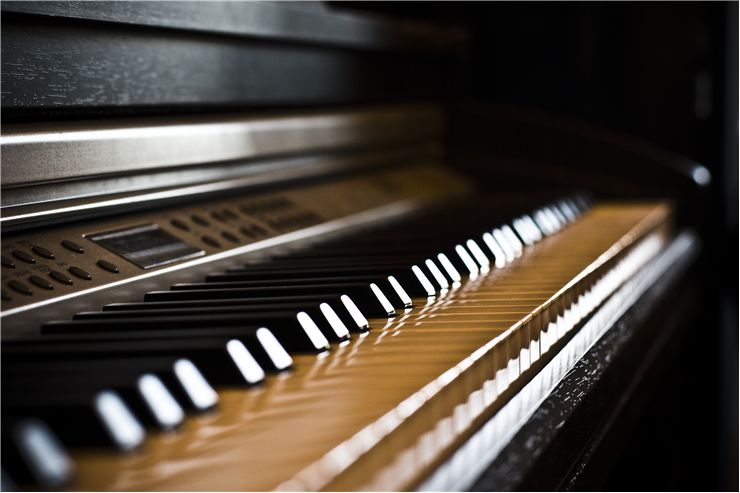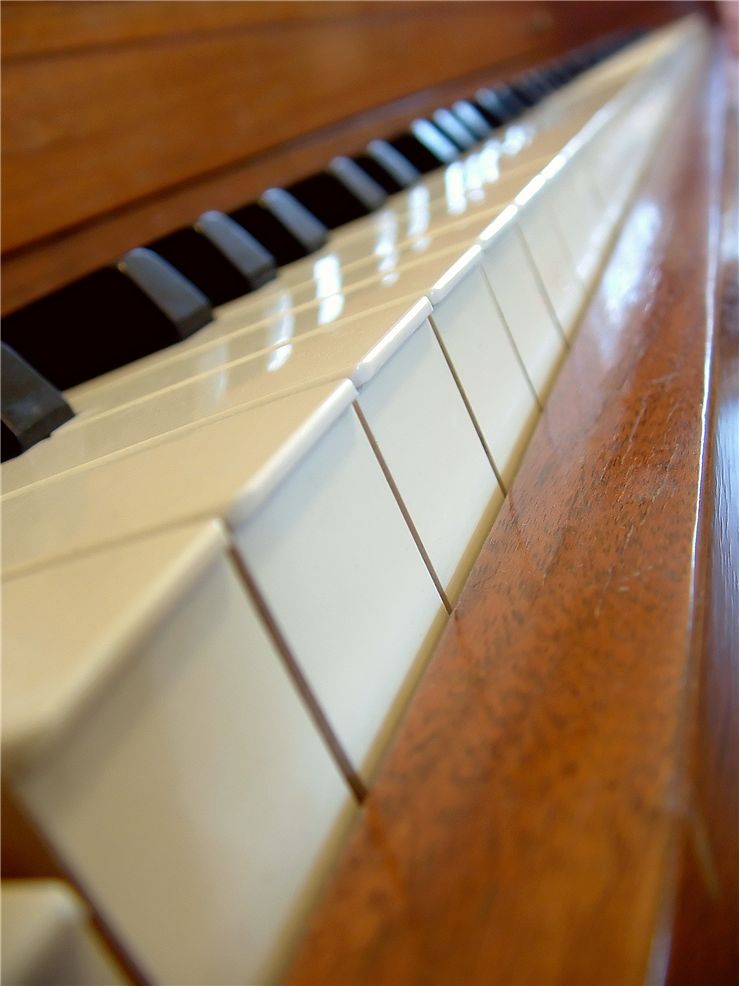Different Types of Pianos
Modern pianos are usually created in two distinct basic forms, all created over the last few hundred years and refined until they were able to be created in reliable and precise way that enables manufactures to use industrial means to create them. Because of the large amount of components that goes into each of modern pianos, their price never went down to the levels of other instruments, but their popularity was never reduced. Pianos received significant resurgence of popularity after introduction of electric keyboard in popular music of the 80s.
Basic Types
Grand – The most popular form of piano is a Grand Piano. It has frame and strings that are ranged in a horizontal position, with strings moving away from keyboards. Their sizes range between 1.5m (baby grand piano) to 3m (concert grand piano). Sizes between those two extremes are named with the common name parlor grand or boudoir grand piano. Pianos are created in varying sizes because of the way sound is created with their wires. Longer wires vibrate more, with majority of the sound being picked up from the middle of their strings. Pianos with longer strings therefore have not only lauder sounds, but also better harmony that is detected by the human ears are smooth and consistent sound. Smaller pianos can because of that sound a little harsher and imprecise.
Upright or Vertical – Cheaper and smaller pianos that became popular in the mid-1800s were vertical pianos, although their frame became truly smaller only after 1930s. They come in several sizes, ranging most commonly between 42 to 45 inches in height. Even though they take much less space, vertical position of strings and horizontal movement of the hammers can cause degradation of materials.
Other Types
There are several other verisons of pianos, here we will list several:
- Player piano, invented by Henri Fourneaux in 1863.
- Silent Piano, who have ability to muffle vibration of strings. They are mostly used for private practice.
- Transposing piano, which enables player to move keyboard relative to strings.
- Prepared Piano, which hold special objecs inside its body that change the way air is vibrating.
- Wire-less piano. It used metal bars.
- Electic pianos. They used same principle of sound amplification like electric guitars.
- Player piano – Self playing piano.
- Digital piano


